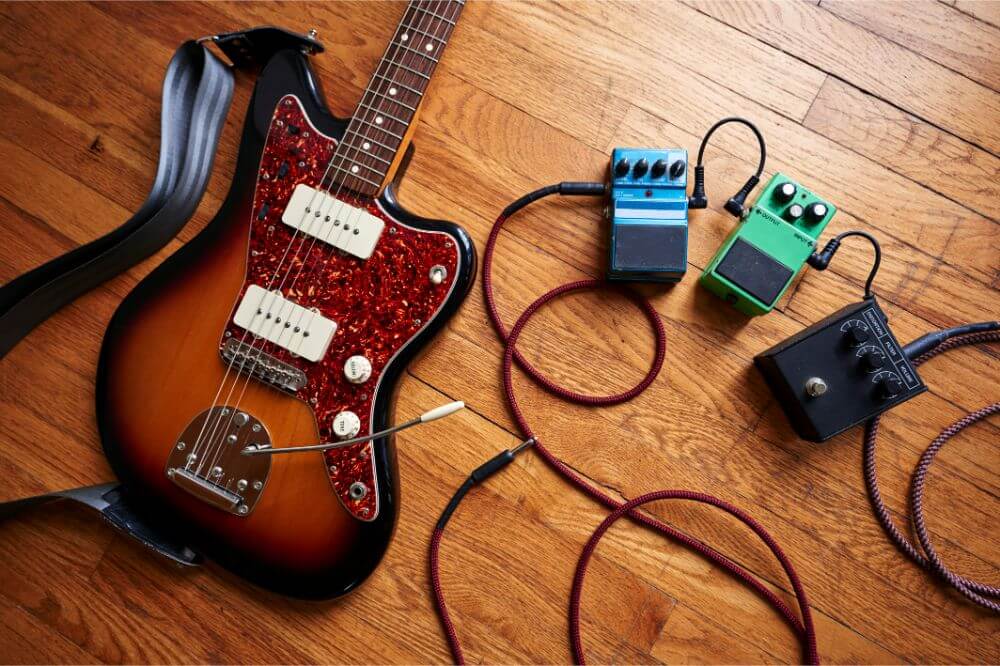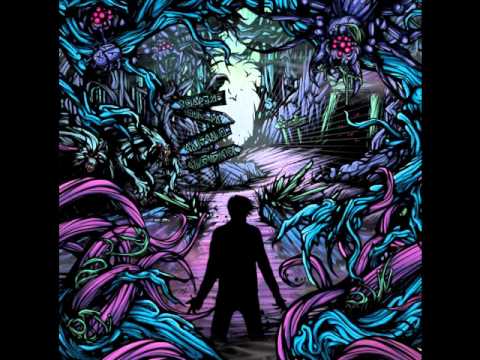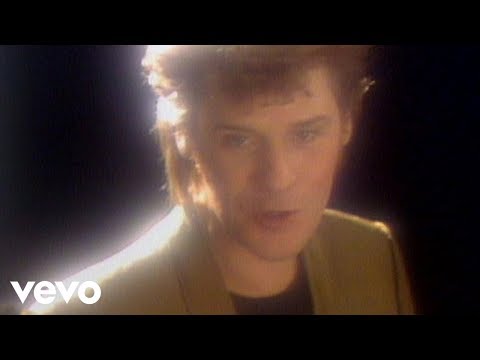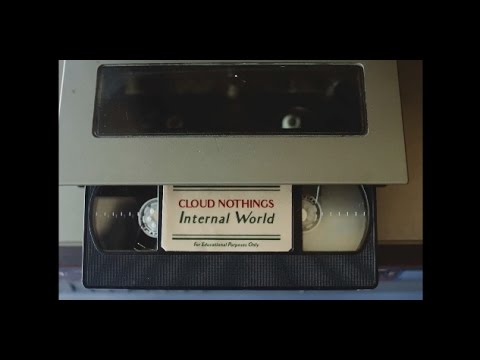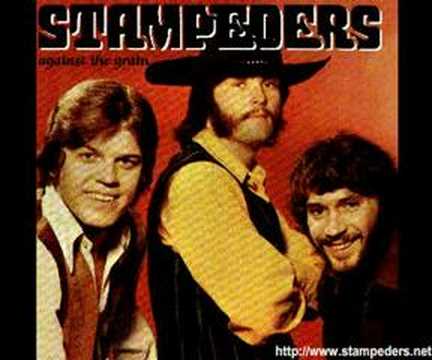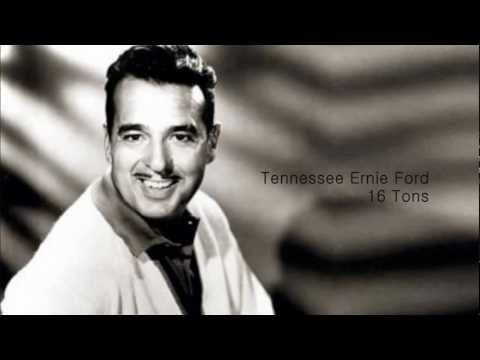If you are new to the world of electric guitars, chances are you haven’t had a lot of experience with using pedals. Effects pedals are a very important feature in any guitar player’s arsenal. You can get so many cool sounds out of pedals, and each one has a different function.
Some players prefer to use one or two favorite pedals, while others set up pedal boards that are so intricate they need to take step dancing classes to be able to switch from effect to effect. Today we are going to take a look at some of the most commonly used guitar effects pedals, and we will cover how to use guitar pedals.
Types of Effects Pedals
There are several types of pedals, and today we are going to discuss the most commonly-used guitar effects pedals We’ll start with the tuner pedal. This isn’t something that is going to change the sound of your guitar, but it will come in pretty handy when you need to tune your guitar on the fly.
Also, it is digital, so you don’t have to worry about not being able to hear the notes while you are tuning the guitar, because the pedal will pick them up.
Here are some of the other pedals you may be interested in to get you started in the world of effects pedals.
Distortion Pedal
If you plan on playing heavy metal or hard rock, a distortion pedal is definitely a must-have. It gives you the volume you need, and ensures your sound is powerful. It may not always be necessary to have a distortion pedal, but it is always good to have one on hand, just in case you need it.
Delay Pedal
This type of effects pedal is going to give you a doubling effect, making it sound as though there are two guitars playing rather than one. This type of pedal can help you to produce some pretty cool sounds, and it is great for riff experimentation.
Looper Pedal
Every musician has to start somewhere, and chances are you won’t have other musicians to play with, at least in the beginning. A looper pedal can be a great tool to help you be able to play in time. You can lay down a rhythm track, and then play it while you are doing leadwork.

How to Use Your Pedals
The first thing you will need to do is make sure your effects pedal is getting power. It is always good to have a battery installed, and keep extras on-hand. Pedals take 9-volt batteries, which are installed by removing the screws on the pedal, removing the faceplate, and connecting the battery.
To save on battery power, you can plug the unit into an electrical outlet using a 9-volt power cord, which is recommended to do whenever possible. If you are only using the battery power, most pedals have a warning light that will come on as the battery is dying.
Next, grab a 1/4” guitar cord and plug it into the output jack on the pedal. The cord should be long enough to reach your amplifier. If you are using multiple effects pedals, you will need to plug each of them together so they sync up. Again, you will use a 1/4” cord, with one end connecting to one pedal and the other end connecting to the amp.
Then, you will connect each of the pedals, going from output to input until you have created a chain. If you are using more than one pedal, it will be the last pedal that plugs into the amp.
The other end of the cord should be plugged into the amp. Once you have everything connected, it is time to start playing. Simply insert your guitar cord into your guitar, and insert the other end into the input jack of the pedal. Make sure the cord is long enough to reach from your guitar to the effects pedals.
Conclusion
Once you have your pedals set up, it is time to get down to the serious business of playing. Using pedals is a great way to experiment with a variety of sounds and effects.
All you have to do in order to turn a pedal on or off is simply step on it. You can use different pedals in a single song. Simply step on it when you need it, and then step on it again when you need to switch to the original sound or use a different pedal.
Every guitar player is different, and every pedal setup is different. Take some time to figure out which pedals you are going to use the most, and then practice making switches until you are able to switch between pedals flawlessly. Now, you are ready to take the stage like a rock star!
